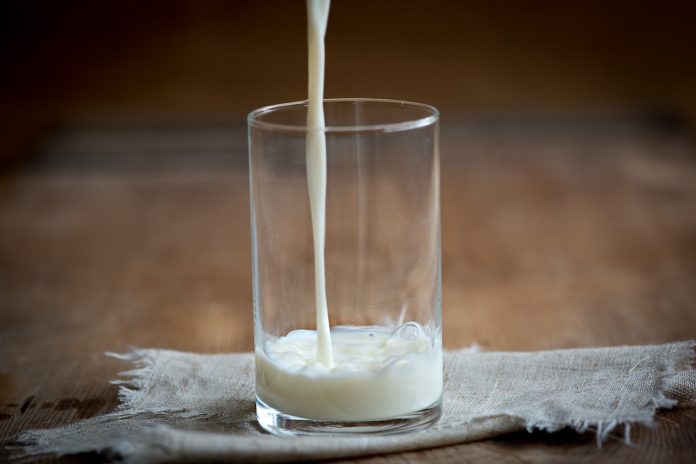The point is, for insomnia, you don’t need drugs — just read a few pages of the federal milk marketing order rules. There are pages and pages of rules which change occasionally. Proposed changes go through a lengthy, formal process and are initiated either by farmers, processors, cooperatives or some combination thereof.
Dairy farmers will need something to help them sleep after they open their June final milk check if they expect a check reflecting the announced June Class III price of $21.04. Unfortunately, that check will reflect brutal, unintended consequences of a federal milk marketing order rule change.
A change in how Class I price is calculated went into effect in 2019, driven by organizations representing processors and cooperatives. Unfortunately, bad things happen when there is a large spread between Class III and Class IV prices and prices rise rapidly. And it just did.
Negative Producer Price Differential
Our Federal Order 33 is a component-based system, as are six other of the 11 federal orders. Class I (fluid or bottled) milk is usually the highest value milk in this system, and that price is set off of the Class III and IV prices which are usually lower. In this “normal” scenario, the price farmers receive for their milk is the Class III price plus a share of the higher value of Class I milk pooled in the federal order (represented by the PPD) if their cooperative or processor participates in the federal order system.
So typically, the Class I price is higher than the Class III price; the PPD is positive and adds dollars to the milk check. Every dairy farmer knows that sometimes the PPD has “gone negative,” and in spite of efforts to tweak pricing rules, it still happens — most recently in 2019, with negative PPDs from September through December ranging from ($0.31) in September to ($2.44) in November.
June’s Class III price announced at $21.04 was a welcome yet dramatic increase from May’s dismal $12.14, but the Class IV price only increased from $10.67 to $12.90. Class III and IV milk prices are used to calculate the Class I price. Before the rule change, Class I was calculated using the higher of Class III or IV prices. Now it is calculated using the average of Class III and Class IV prices plus 74 cents (the historical difference between the two prices).
Hugely negative
Because of the change, Class III milk has a higher value than the Class I price for June, resulting in a negative PPD. So, the bottom line in our very simplified overview is that the June PPD is expected to be hugely negative and is likely to be negative for the next several months if the large spread between Class III and Class IV prices continue. The actual June PPD will be announced shortly after this column goes to press.
Two dairy market experts, Mark Stephenson, University of Wisconsin, and Andrew Novakovic, Cornell University, did an excellent job putting together a very readable paper, Making Sense of Your Milk Price in the Pandemic Economy: Negative PPDs, Depooling, and Reblending. They projected the FMMO 33 June PPD to hit somewhere between ($5.72) to ($8.42) depending on the magnitude of depooling by processors. Goodbye $21.
How big the hit will be is directly impacted by how much Class III milk normally pooled on the federal order is “de-pooled.” Details on de-pooling are included in the Stephenson/Novakovik paper. Invest 20 minutes in reading the paper which you can download at dairymarkets.org/PubPod/Pubs/IL20-03.pdf.
We are halfway through a year none of us could have predicted. Milk prices will continue to be volatile — they have never been very predictable.
What can we predict? Managing dollars and using cost of production to inform price risk management is essential for every dairy farm who plans on milking cows today, tomorrow and into the future. Make time.













